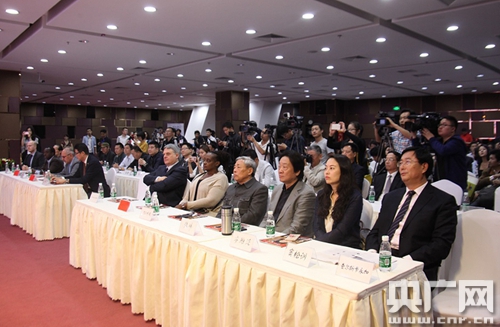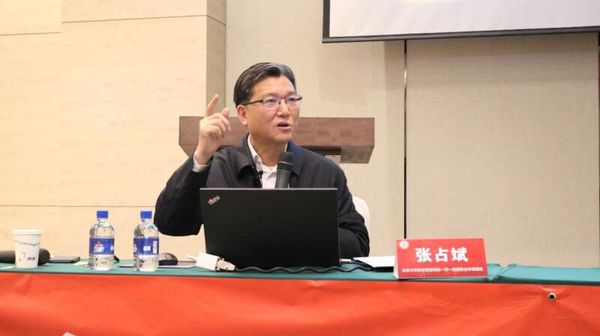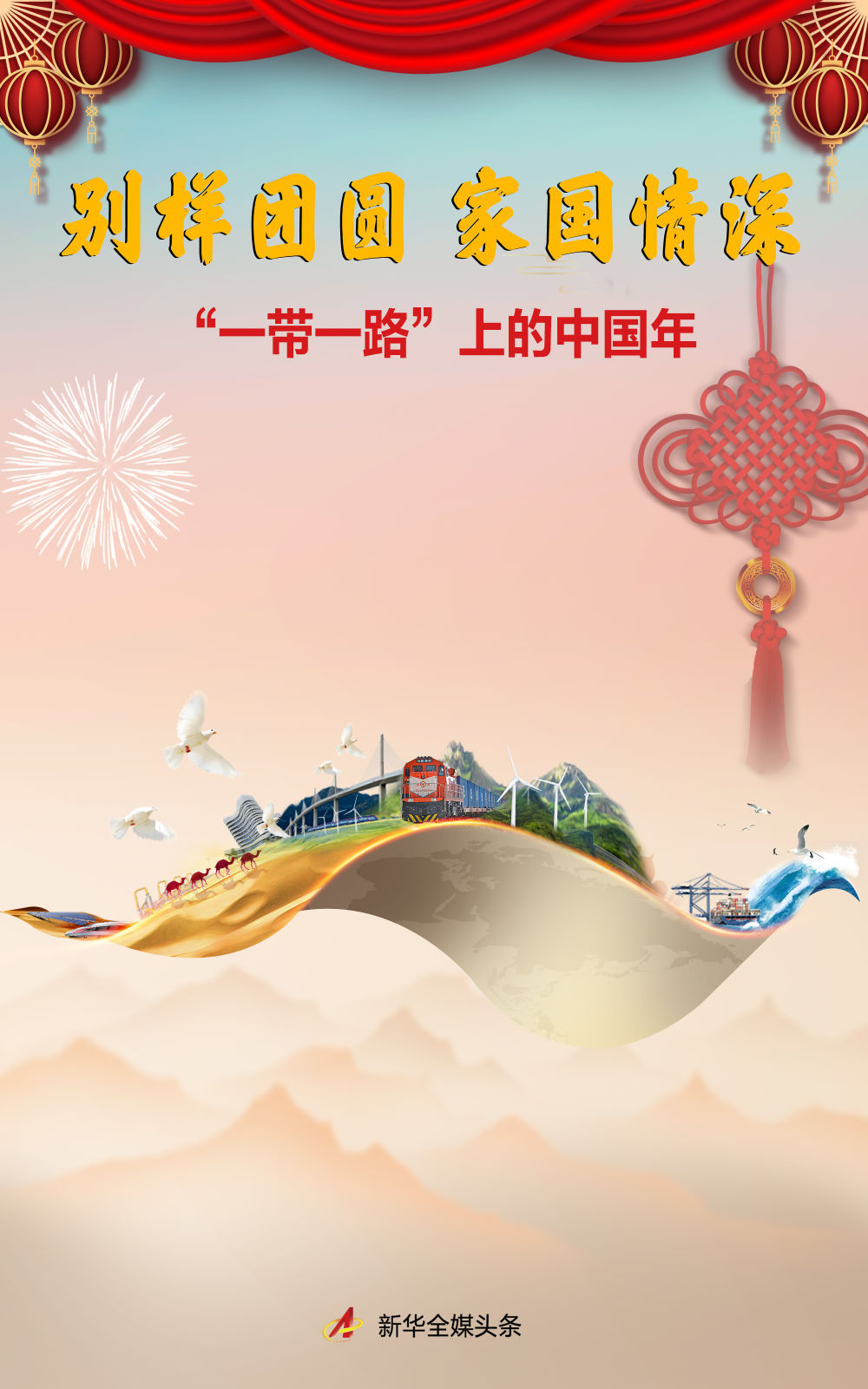Dragon And Elephant Dance: New Prospects For Sino-Indian Relations And The Future Of Asian Wisdom
Dragon And Elephant Dance: New Prospects For Sino-Indian Relations And The Future Of Asian Wisdom
In recent years, despite the ups and downs in China-India relations, bilateral economic and trade exchanges have shown strong resilience and vitality. In the 2023-2024 fiscal year, China-India trade volume reached US$118.4 billion, and China surpassed the United States for the first time to become India's largest trading partner.
In recent years, despite the ups and downs in China-India relations, bilateral economic and trade exchanges have shown strong resilience and vitality. In the 2023-2024 fiscal year, China-India trade volume reached US$118.4 billion, and China surpassed the United States for the first time to become India's largest trading partner. India's exports to China increased by 8.7% year-on-year, while imports and exports to the United States declined significantly, with imports falling by as much as 20%. This structural change not only marks a new breakthrough in bilateral economic and trade relations, but also reflects the deep integration and interdependence of the Chinese and Indian economies at the strategic level. China's exports of machinery, equipment, electronic products, etc. to India provide key support for the upgrading of India's manufacturing industry; India, relying on its advantages in pharmaceutical raw materials, agricultural products, and mineral resources, has actively integrated into China's supply chain system. This complementary relationship not only covers many key areas such as manufacturing and pharmaceuticals, but is also deeply embedded in the global industrial chain and value chain. The collaborative cooperation between China and India has further enhanced the cost advantage and supply resilience of global consumer goods.
General Secretary Xi Jinping pointed out that China and India should expand exchanges and cooperation to achieve mutual benefit and win-win results. China and India are both at a critical stage of development and revitalization. They should focus on development, the greatest common denominator, and support, promote and achieve each other.
Recently, China and India decided to reopen three traditional border trade markets: Rinchengaon-Changgu, Puran-Gonj, and Juba-Nanga. This is not only a significant manifestation of the warming of bilateral relations, but also an effective balance between border control and economic cooperation. This initiative will help improve people's livelihood at the border, activate the regional logistics network, promote the two sides to explore strategic docking and cooperation paths in a wider range of areas, and build more consensus for regional economic linkage and security mutual trust.
The continuous strengthening of the ties of people-to-people and cultural exchanges between China and India has injected new momentum into the long-term development of the two countries. my country's opening of the Kailash-Manasarovar pilgrimage route has effectively met India's religious needs, demonstrated my country's respect for cultural diversity and adheres to openness and inclusiveness as a major country, and further enhanced the emotional resonance and mutual understanding between the two peoples.
In recent years, Bollywood movies have set off a movie-watching craze in China. Frequent interactive dialogues between Tai Chi and yoga have not only enriched the people's cultural experience, but also subtly deepened their emotional connection and cultural identity. With India resuming the issuance of tourist visas to Chinese citizens and the gradual resumption of direct flights between the two countries, it will provide more favorable conditions for deepening economic and trade cooperation and cultural exchanges and cultivating strategic mutual trust.
The current Trump administration has imposed high tariffs on India and promoted trade protectionism, which has objectively become a catalyst for the stabilization of Sino-Indian relations, prompting India to re-examine its diplomatic strategy and shift to a more pragmatic and diversified policy path. In this context, both China and India realize that strengthening cooperation in key areas such as supply chain stability and multilateral mechanism reform can alleviate economic and strategic pressures and provide key support for maintaining global strategic stability. As Indian Foreign Minister S. Jaishankar said, "Differences should not turn into disputes, and competition should not lead to conflicts." The current phase of bilateral interactions provides an important opportunity for the two countries to re-examine their relations and have in-depth communication. Deepening cooperation in areas of common interests and prudently managing areas of disagreement will inject more stability into bilateral relations.
At the same time, we should also be clearly aware that China-India bilateral relations will still face many challenges in the future. Sana Hashmi, a researcher at Taiwan's Asia Exchange Foundation, pointed out that although external factors such as the United States' tariff policy have accelerated the stabilization process of Sino-Indian relations to a certain extent, there are still "fundamental differences" between the two countries, and "the Indo-Pacific strategy will continue to shape regional dynamics." From this point of view, China-India relations are not a simple "reset", but a long process of seeking dynamic balance in the context of limited mutual trust.
If India only regards the easing of relations with China as a stop-gap measure to hedge against U.S. pressure, or as a bargaining chip in its game with the West, it will be doomed to repeatedly fall into strategic swings in the game between major powers. On the contrary, if India can truly seize the historical opportunity, abandon the limitations of zero-sum game thinking, and adhere to the Five Principles of Peaceful Coexistence, China and India are fully capable of solving structural problems, including sensitive border issues, on the basis of mutual respect and equal consultation, and promote the establishment of a robust and sustainable bilateral relationship.
British scholar Martin Jacques once said, "The 21st century will be the century of Asia." The realization of this vision cannot be achieved without the joint efforts of China and India. As two ancient civilizations that have achieved mutual learning through the ancient Silk Road, China and India are expected to promote the in-depth integration of the joint construction of the "Belt and Road" initiative and the "Made in India" strategy, and explore a win-win path that is in the interests of both parties. Whether it is formulating common standards in emerging fields such as artificial intelligence and clean energy, or working together to maintain the rules-based multilateral trading system, China and India have the potential to break through the limitations of the traditional development model, provide the world with a new development paradigm that is more inclusive and resilient, and inject stability and certainty into global development.
If China and India can transcend the shackles of geopolitical competition and put common development at the core, they will not only vividly demonstrate the vitality of the Eastern wisdom of "harmony in diversity", but will also take concrete actions to promote world multipolarity and democratization of international relations, and lead the international order to evolve in a more just and reasonable direction. The dance of the dragon and the elephant lies in replacing confrontation with dialogue, replacing oppression with cooperation, and jointly writing a new narrative of mutual learning and symbiosis among multiple civilizations. This is not only a powerful response to the Asian Century, but also a solemn commitment to a community with a shared future for mankind.
(The author Wang Hanyun is deputy director of the Xi Jinping Thought on Socialism with Chinese Characteristics for a New Era, School of Marxism, Shanghai International Studies University. This article only represents the author’s views and is for readers’ reference)





